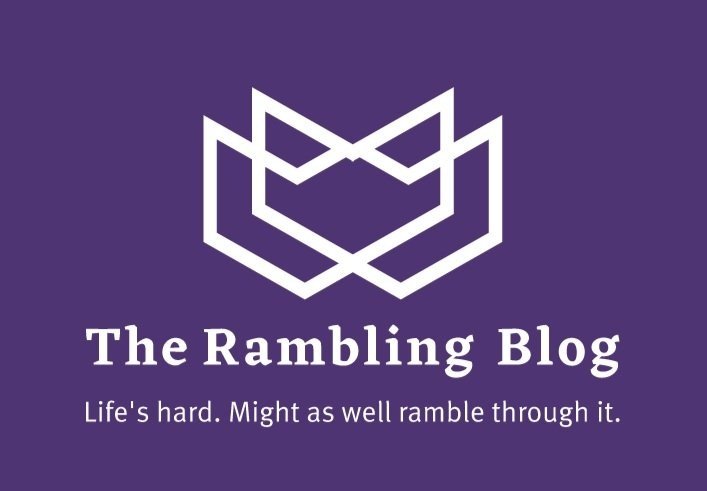Day 7 - Ise Guesthouse Kazami and Ise Jingu
On Saturday morning, I take the shinkansen (bullet train) from Kyoto to Nagoya, then transfer to a rapid line for Ise. The shinkansen takes about 30 minutes, but the rapid line is about 2 hours. All of the seats are taken, so I am stuck standing for two hours. I read a little of the Yoshida Kenko. It’s a good insight into daily life during the Kamakura period, and the ideals of a good life, according to a monk. Interestingly, except for a small verse at the end where he mentions that one should seize the day and become monastic as soon as the urge comes, his advice and commentary is not very religious in flavor. Most interestingly, his commentary is contradictory throughout. In a single paragraph, Yoshida denounces marriage, then goes on to explain how one should go about devoting one’s life to marriage and love. Yoshida condemns greed, fame and avarice, and promotes living simply, in idleness. One shouldn’t drink, yet there are occasions on which drinking is not only necessary, but beautiful and to be desired.
As I mull over Yoshida’s words, I get closer and closer to Ise, a smaller city with a famous link to Japan’s founding myth of Amaterasu. In order to understand why I stayed overnight, one has to grasp the meaning of Ise-jingu and the story behind the shrine.
First, the myth and the cast of characters. These characters and their history are lifted from the Kojiki, a book of mythical history that dates back to 8th century Japan. Here are just a few of the big names in the Kojiki.
Print of painting of Amaterasu
Amaterasu – Sun Goddess, Sister to Tsukuyomi and Susano-o
Tsukuyomi – Moon God, Brother to Amaterasu and Susano-o
Susano-o – Storms and Sea God, Problem child, and Brother to Tsukuyomi and Amaterasu
Izanagi – Father of the three siblings above, which came from his left eye, right eye, and nose
Izanami – Love of Izanagi, died when Izanagi couldn’t save her from hell (Yomi).
Amaterasu and her siblings worked together to create the world, i.e. ancient Japan. Amaterasu and Tsukuyomi shared rule over the world. Amaterasu and Susano-o always had tension between them, and the tension only increased when Susano-o accidentally ravaged a storm through the world. While weaving one day, Susano-o present Amaterasu with a flayed horse. This upsets Amaterasu, and she locks herself in a cave, casting the whole world into darkness. Evil spirits overrun the land, and the other gods are desperate to get Amaterasu out of the cave. Nothing they say or do has worked. Eventually, the gods throw a wild party, laughing and making as much noise as possible to indicate to Amaterasu that they have having a fun time. The sun goddess becomes curious, sticks her head out of her cave ever so slightly, and is presented with a mirror. She is stunned when she sees the beauty of her face. This gives one of the stronger gods enough time to reach in and pull Amaterasu out, which banishes the demons and gives light to the world once more.
Ise Jingu (Geku, which is one of the two parts of the Shinto shrine)
The imperial line is supposedly descended from these ancient gods, making the story and legacy of Amaterasu central to Japanese identity and, in earlier years, a political identity.
I enjoy the shrines immensely, but decide to walk around town further. I come across an old market, full of souvenirs and ice cream shops and kabob stands. One of the shops tempts me with a beautiful ukiyo-e woodblock print scroll, but the price is too high, and the scroll too big. I continue walking through the marketplace, and come to a dead end. I hop on an expensive bus and ride to Kintetsu Ise Station. It is a smaller railway station, with only a few trains coming and going per hour. Even this small station is two stories, and filled with shops and restaurants. I whiff a scent that reminds me of home, and it takes me a few seconds to realize that a vendor is selling fresh kettle corn. I get a small bag of this treat that reminds me of home. I walk around the small station, munching on my kettle corn until my train arrive about 50 minutes later. I get onboard, get off at my stop, then walk about 2 minutes to Ise GuestHouse Kazami.
The guesthouse is three stories, and it a very old residence within Ise. The downstairs has been remade into an eclectic array of Christmas lights, becoming a bar during the evenings. The entire place is well cooled, though not as cold as an office building. I lock my valuables up in my room and hand out downstairs, reading and writing as the night progresses. The staff are very friendly, and speak very good English. Even the guests there seem to know English, which is surprising. It is quant, and if I were staying in Ise longer, I would want to stay here again. The place is clean, and there is a full kitchen that the guests can use.
A Chinese couple with two children stay the night, and I find one of them fanatically flip through several volumes of a Japanese copy of ‘Attack on Titan,’ a popular manga series. I make room at my table for them to sit. I get tired quickly, and I have to travel to Tokyo the next morning, so I head to bed early.

